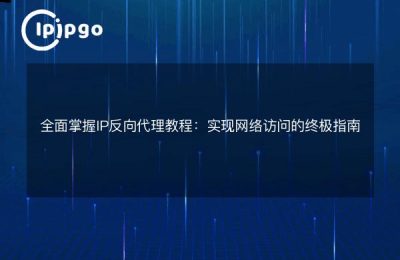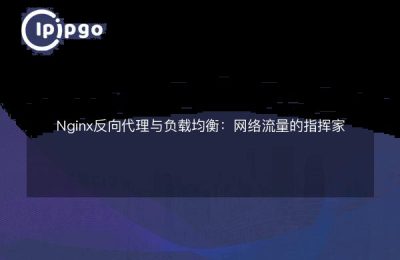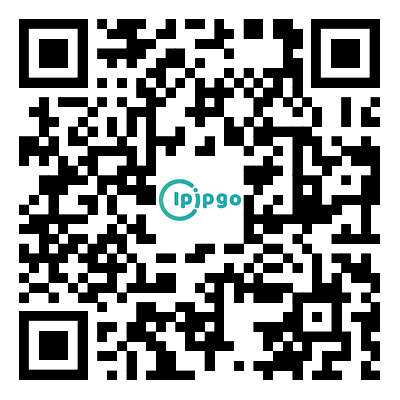
In the vast world of network technology, forward proxy and reverse proxy are like two mirrors reflecting different network application scenarios. Although they both have the common name of "proxy", they are very different in terms of function and usage. Today, we will talk about the differences between the two, as well as their respective application scenarios.
What is a positive proxy?
A forward proxy is an intermediary used by users to access external networks. It is like a bridge that helps users to connect to the target website.
1. How forward proxies work
When you use a forward proxy, your request is first sent to the proxy server, which then forwards it to the target website. In this way, the target website sees the IP address of the proxy server, not your real IP. it is like asking a friend to send a message on your behalf, and you can observe silently behind your back.
2. Application scenarios
Positive proxies are commonly used for caching, improving access speed, hiding user identities, and more. For situations where multiple accesses to the same resource are required, forward proxies can significantly improve efficiency.
The Role of Reverse Agents
Reverse proxies, on the other hand, stand on the server side and are responsible for receiving user requests and forwarding them to an internal server.
1. How reverse proxies work
When a reverse proxy server receives a user request, it determines which internal server can handle the request and then forwards the request. In this way, the user does not have to interact directly with the internal server. This is like a gatekeeper that manages the flow of people in and out.
2. Scenarios of use
Reverse proxy is commonly used for load balancing, improving security and hiding internal server information. It is a powerful aid in protecting and optimizing server resources.
Key differences between forward and reverse proxies
1. Agent objects
The forward proxy proxies the client and helps the user to access the external network, while the reverse proxy proxies the server and helps the user to access the internal resources.
2. Main functions
Forward proxies are mainly used for access control and anonymous browsing; reverse proxies are used for load balancing and security.
Choose the right proxy IP
Whether you are a forward or reverse proxy, choosing a reliable proxy IP service provider is key. Ensure the speed and stability of your proxy IP for the best web experience.
concluding remarks
Forward proxies and reverse proxies each have their own unique role to play in the online world. By understanding their differences, you can choose the right type of proxy for your needs. Hopefully, this article will help you better understand the differences between forward and reverse proxies and make your web experience more efficient and secure. Whether you need to protect privacy or optimize server performance, proxy technology is an indispensable tool for you.








